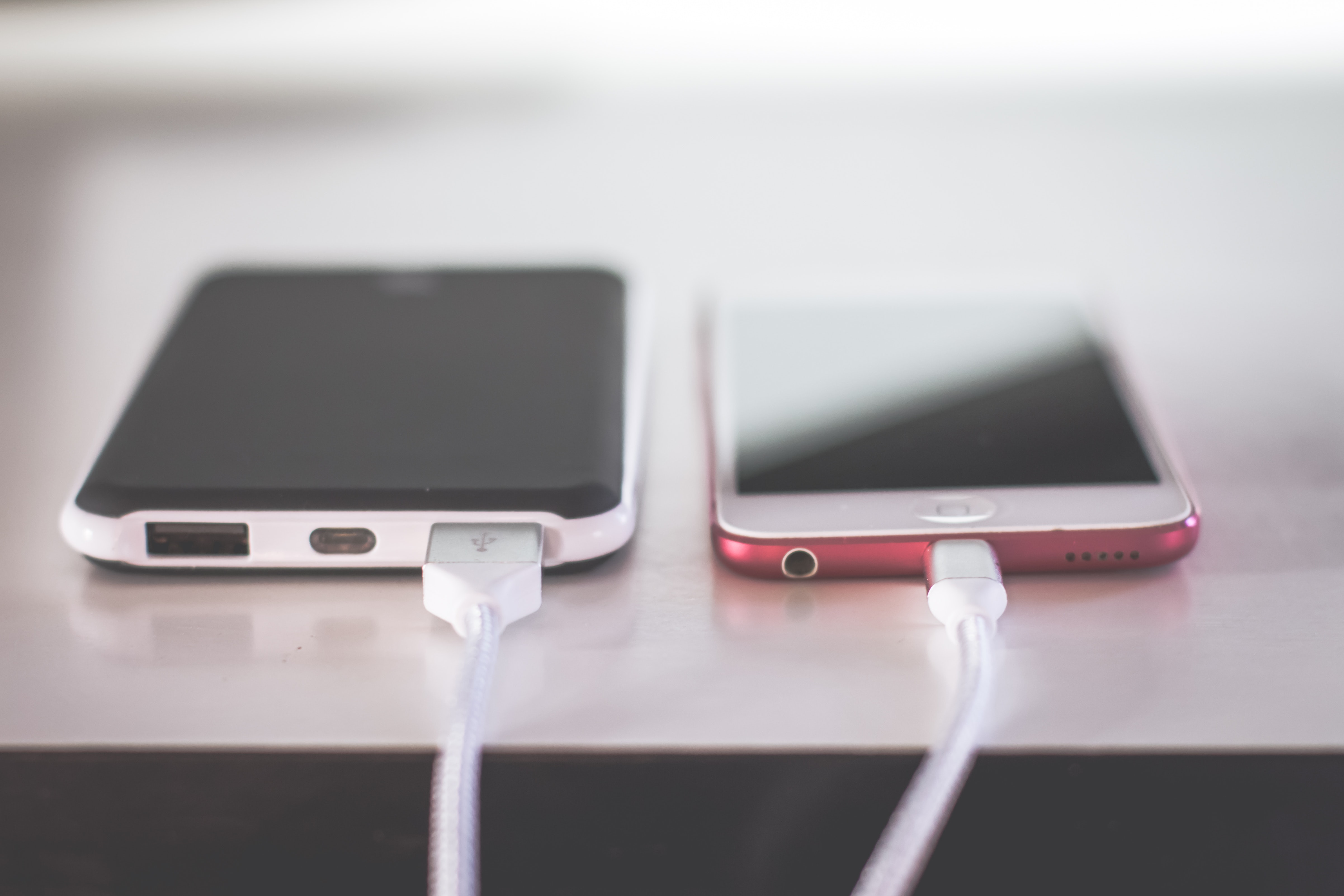Tips for keeping devices charged

It’s been over 200 years since the battery was invented, and today, our lives depend on them. Batteries power numerous devices around the home, from smartphones and wearable fitness devices to vacuum cleaners and lawnmowers. Unless there’s a mains lead also built in, these devices will all periodically need to have their batteries replaced or replenished.
Recharging a cordless device can be a real headache. The appropriate cable is rarely branded or labelled, sporting any one of a multitude of incompatible connectors at the end. Taking smartphones as an example, they might be charged using mini or micro USB cables, an Apple Lightning connector, USB-C leads or an inductive charging plate. And since plugging the wrong cable in could either damage the device or fail to charge it properly, we’ve prepared a list of tips for maintaining charge, to simplify daily life…
Label your cables
You can buy label makers for less than £15 online. Every time you acquire a new device with a power lead, print out a label identifying which object it relates to, and attach it to the plug or wrap it around the cable. Keep as many chargers in one place as you can, and then it’ll only take a few seconds to find the right one.
Upgrade wall sockets
A high percentage of handheld or portable devices are powered using cables with a traditional rectangular USB-A cable at one end. Many modern electrical sockets incorporate a pair of USB-A connectors, meaning you can charge devices without having to use a wall socket and a plug-sized adaptor. Some high-end furnishings like sofas also have USB sockets.
Buy wireless charging pads
Wireless charging technology hasn’t splintered into incompatible formats like electric vehicles or the aforementioned smartphones. Pronounced ‘chi’, the Qi standard is suitable for charging over 200 electronic devices. An inductive charging pad is a convenient (and cable-free) method of replenishing low batteries, and many cars now incorporate them too.
Keep batteries in an optimal range
It’s widely documented that batteries will last longer and experience less cell degradation if they’re never fully charged or depleted. Where possible, batteries should be run down to about 20 per cent and then topped up to 80 per cent. Not only is this quicker than a 0-100 per cent charge, it’ll prolong the battery’s life and won’t waste electricity charging a full device.
Avoid overheating
Leaving a smartphone to charge in direct sunlight introduces unnecessary heat, which is the nemesis of many battery-powered devices. Wherever possible, undertake recharging in a cool indoor location where air can flow around the device. Overcharging a battery may also generate excessive heat, which is another reason to disconnect before it’s fully charged.
Invest in a spare battery
Imagine if your cordless lawnmower’s only battery died midway through the weekly mow. Having two-tier grass would be annoying, especially if the rain comes on. Far better to have a second battery you can drop in while the first one recharges. Some devices even support hot-swap batteries, which means they can remain operational while the batteries are exchanged.
Power down when not in use
Even on standby, devices still use a small amount of electrical power, gradually depleting their batteries. If you’re not using a tablet for a few days, switch it off rather than putting it on standby. This doesn’t apply to mains-powered hardware, though some web-enabled home electronics also consume a lot of broadband bandwidth while supposedly on standby.
Back to Latest Posts





